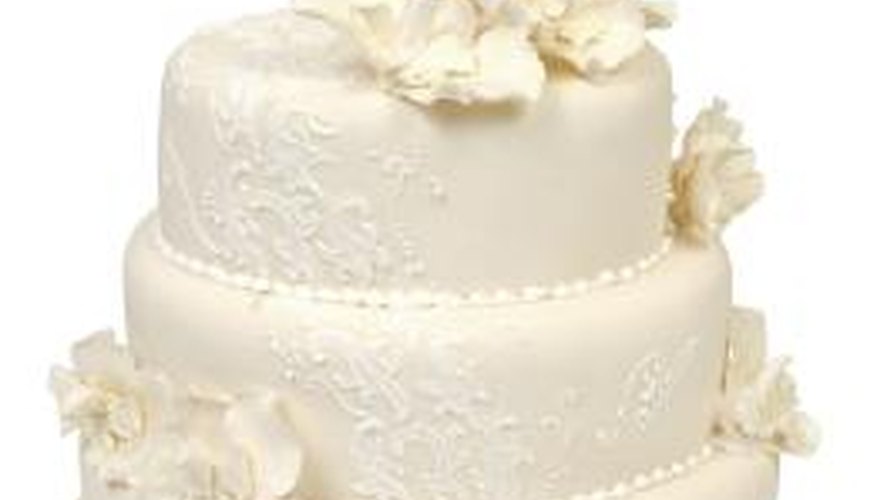Icing a cake correctly is more challenging than it seems, and unfortunately once a mistake has been made, it's difficult to erase. Issues such as overly-warm frosting or a crumbling cake can turn even the best tasting confection awry. Whether the problem is a crack, sloppy lettering or crumb-filled frosting, the fix is the same.
Remove as much of the existing icing as you can using the offset spatula or long flat-bladed knife by carefully scraping the icing off of the cake in long, steady motions. If the cake is a layer cake, and you have already put the layers together, do not attempt to separate them. Don't scrape too hard, and don't worry if there is still a thin coating of icing left.
- Icing a cake correctly is more challenging than it seems, and unfortunately once a mistake has been made, it's difficult to erase.
- Remove as much of the existing icing as you can using the offset spatula or long flat-bladed knife by carefully scraping the icing off of the cake in long, steady motions.
Place the cake in the refrigerator, uncovered. Allow the cake to chill for at least one hour.
Transfer the cake to the freezer for 15 minutes once it has thoroughly chilled in the refrigerator. Quick-chilling the cake in this way will cause its exterior to become extremely firm, without freezing the inside.
Prepare a new batch of icing while the cake chills. Follow whatever recipe you used to create the original icing. Do not attempt to apply a different type of icing to the cake.
Re-frost the cake. Begin by applying a "crumb coat" if necessary. A "crumb coat" is a thin layer of icing which traps in crumbs, and creates a smooth surface for the final coat of icing. If you were successful in scraping the majority of the failed icing job off of the cake, you will need to add a crumb coat. If a thin coating of icing still remains on the cake, it's better to skip the crumb coat. Apply the crumb coat as a very thin layer (less than 1/4 inch). Begin with the top of the cake, working the icing out from the centre in long, broad strokes. Once the top is completely covered, move down to the sides.
- Transfer the cake to the freezer for 15 minutes once it has thoroughly chilled in the refrigerator.
- If you were successful in scraping the majority of the failed icing job off of the cake, you will need to add a crumb coat.
Return the cake to the refrigerator for an additional 30 to 45 minutes. This cool-down will allow the first layer of icing to set and become workable. If you did not apply a new crumb coat, there is no need to re-chill the cake.
Remove the cake from the refrigerator and apply a top coat of icing. Apply the top coat in exactly the same manner as the crumb coat, working from the top down to the sides.
TIP
When all else fails, you can apply garnishes (such as strawberries) to the cake to mask any inconsistencies in the icing.
